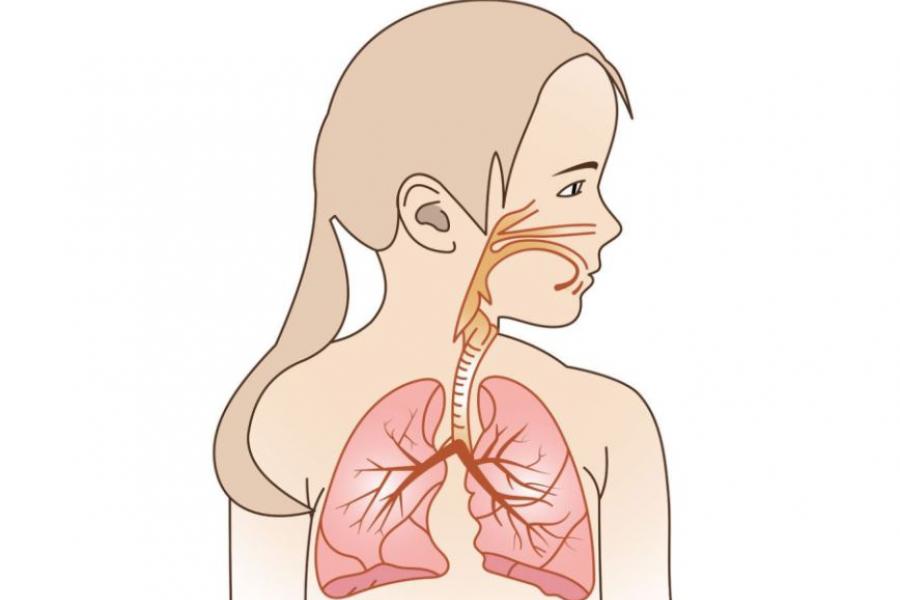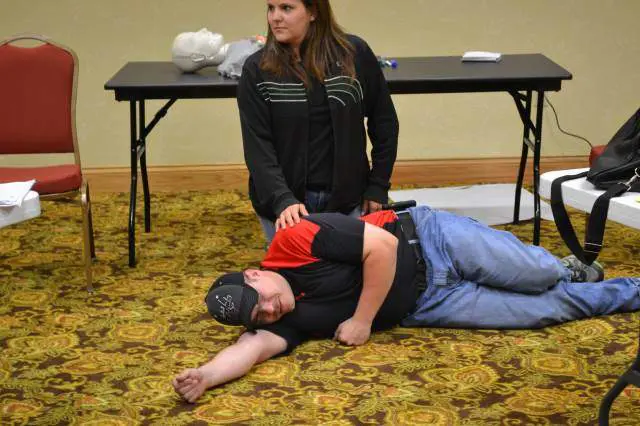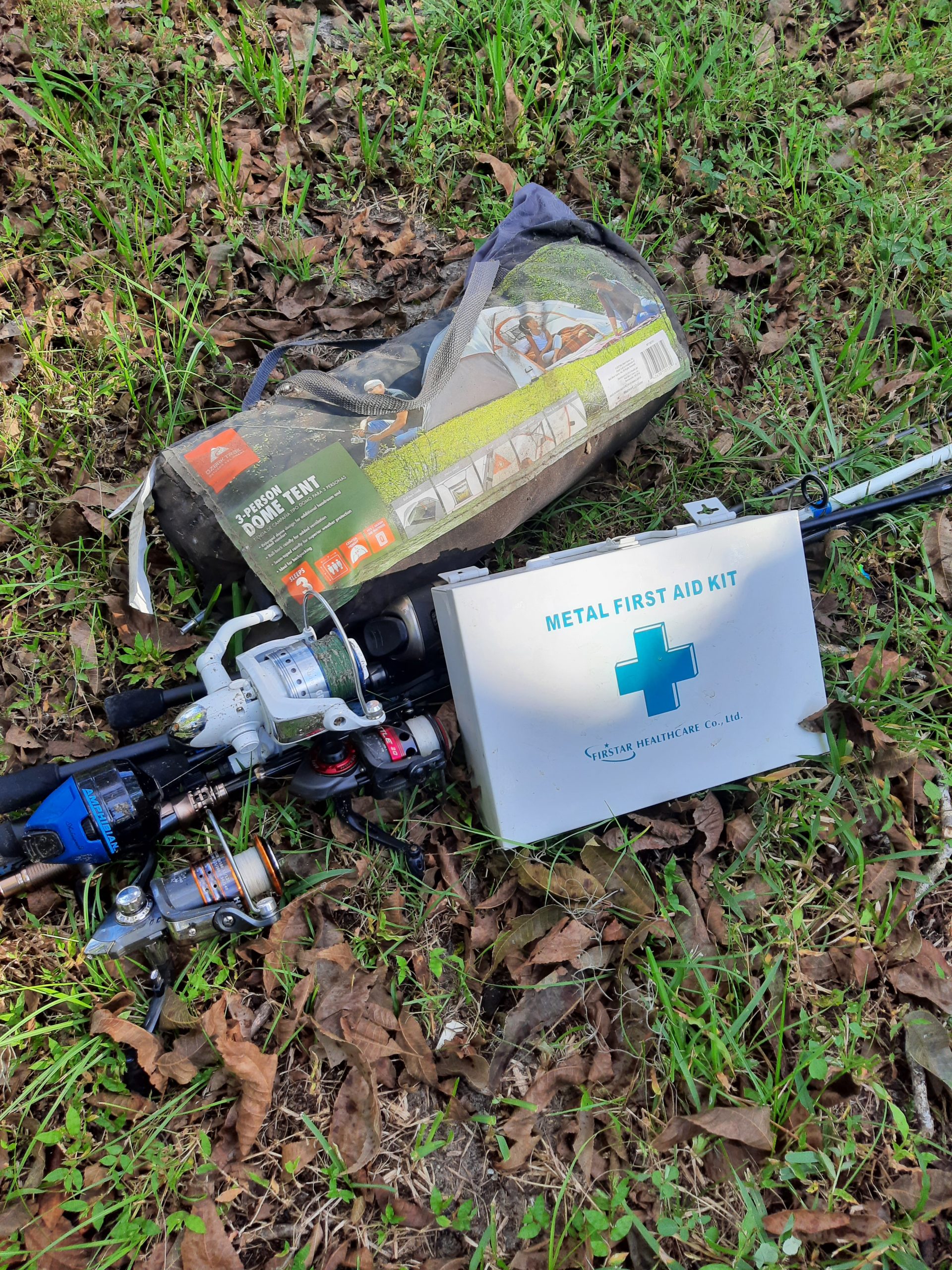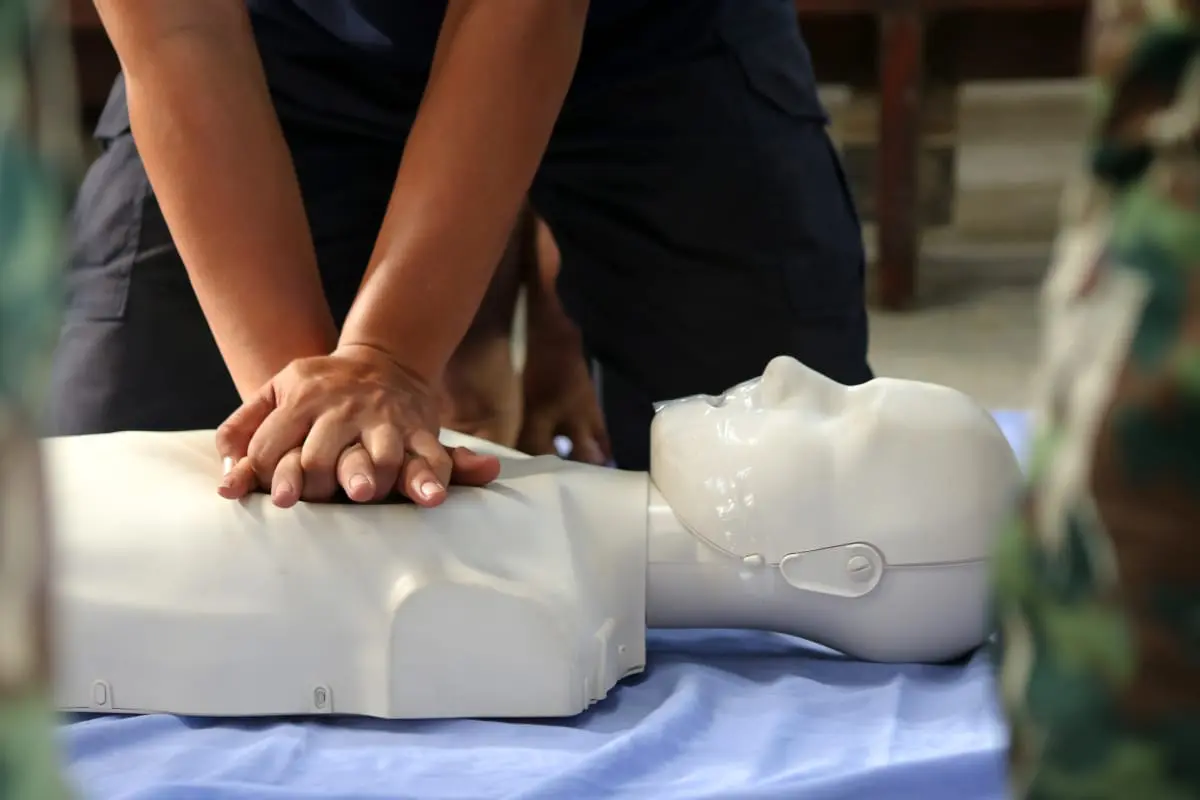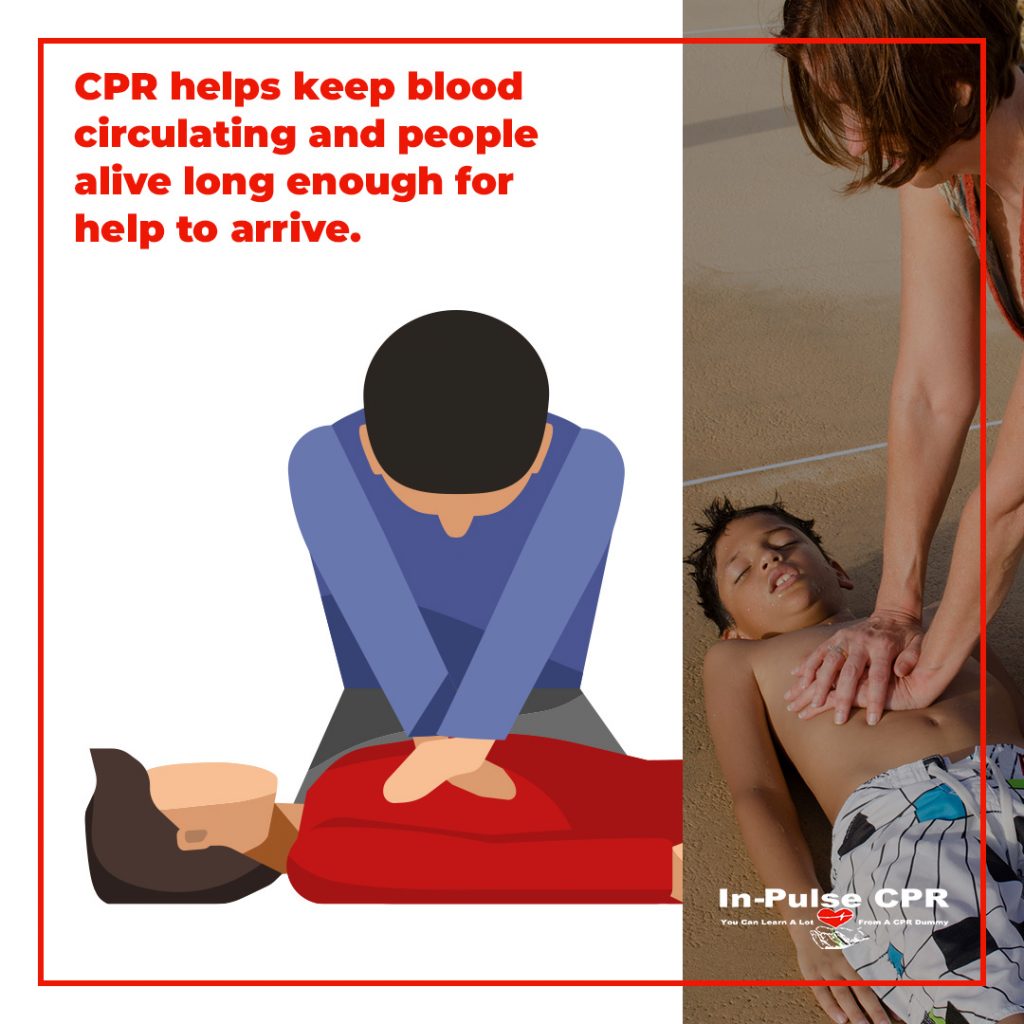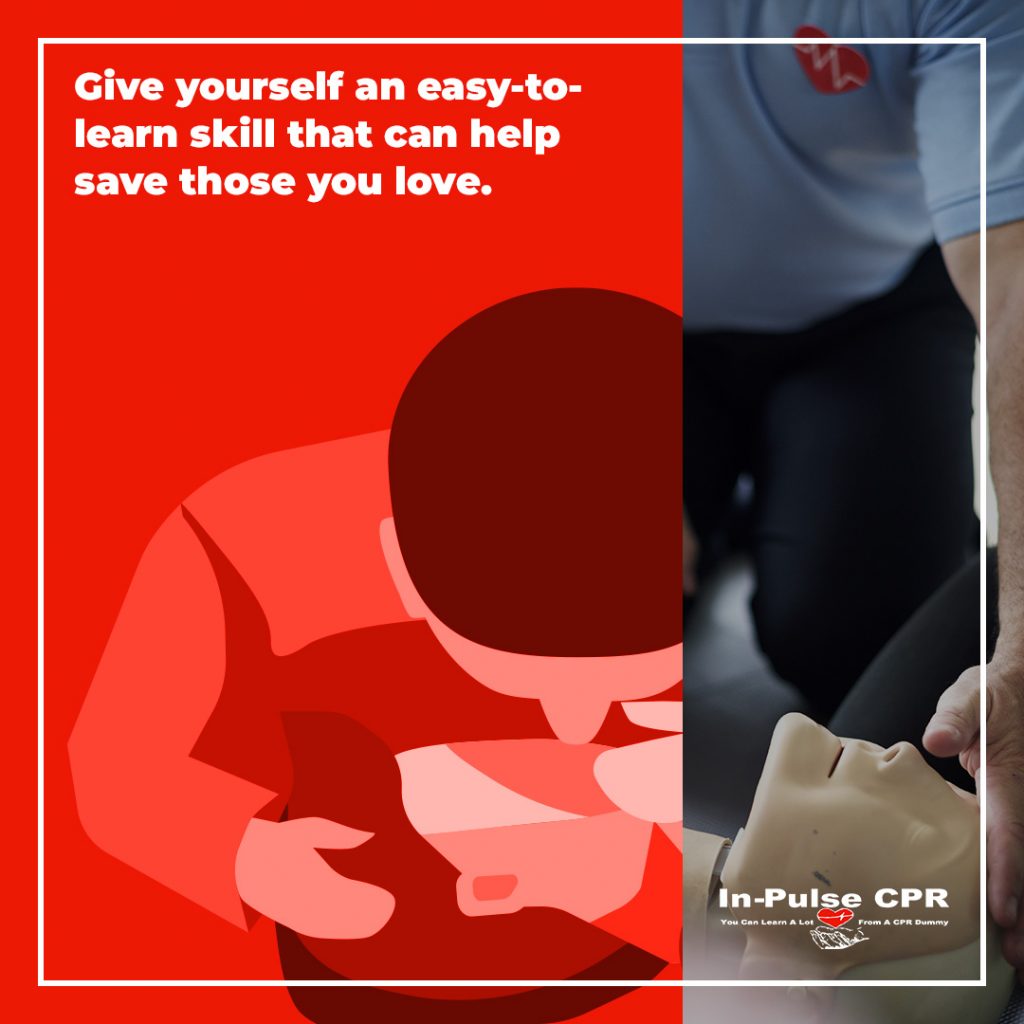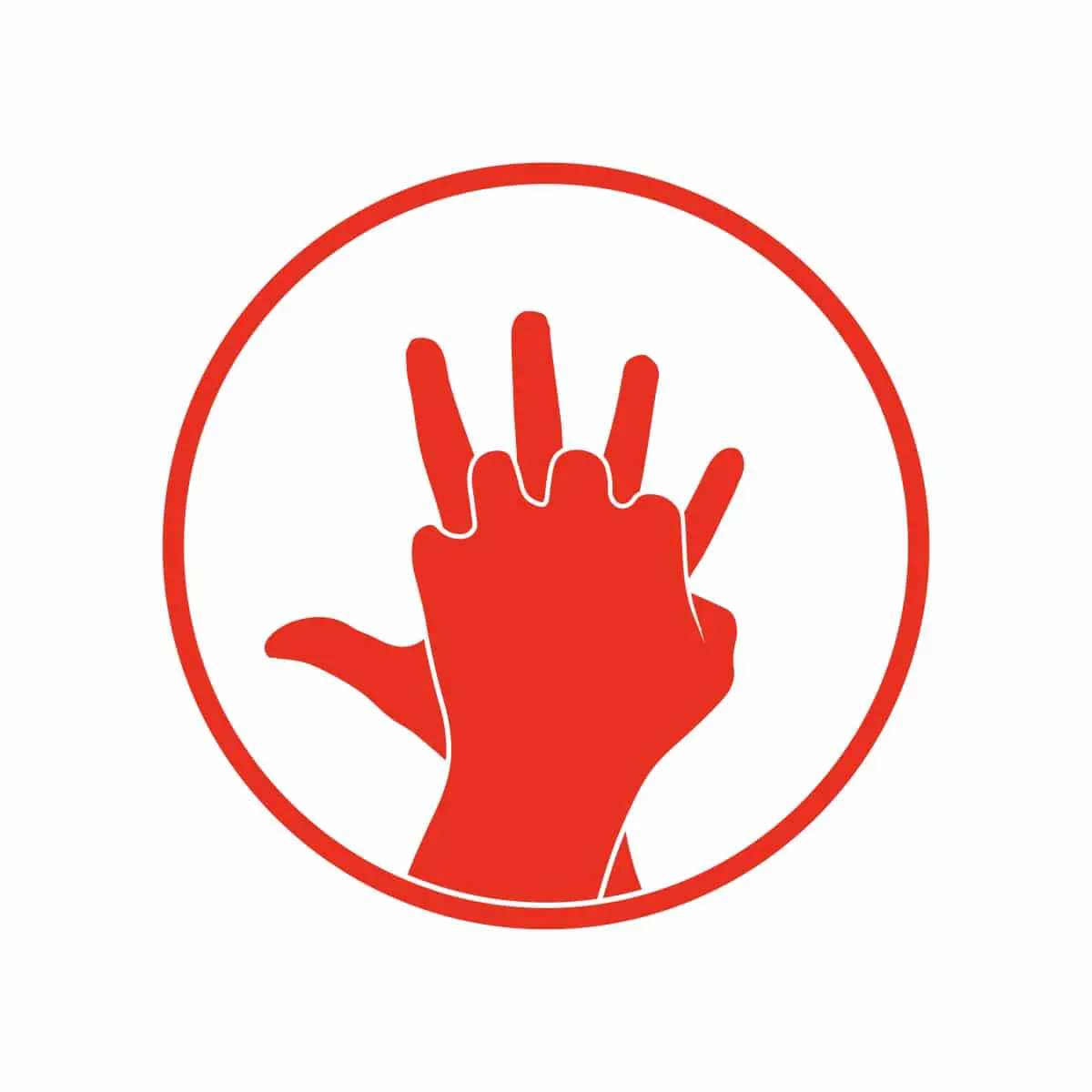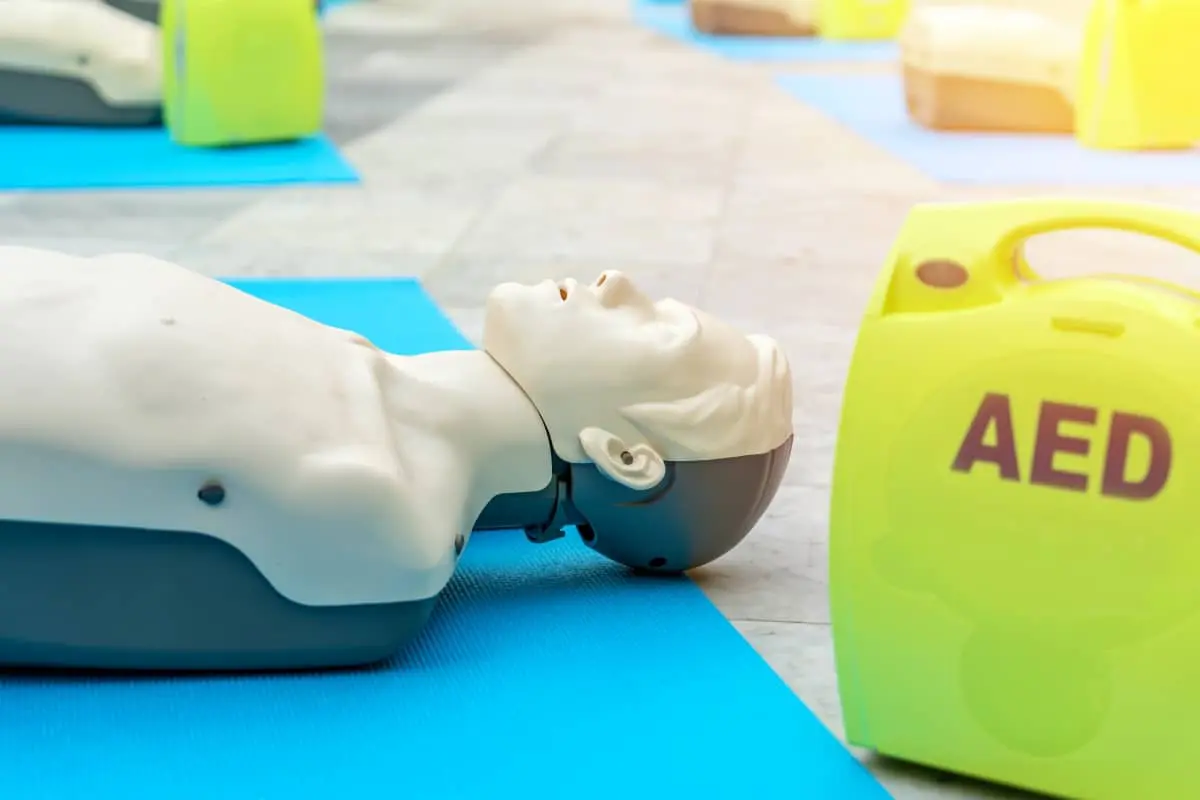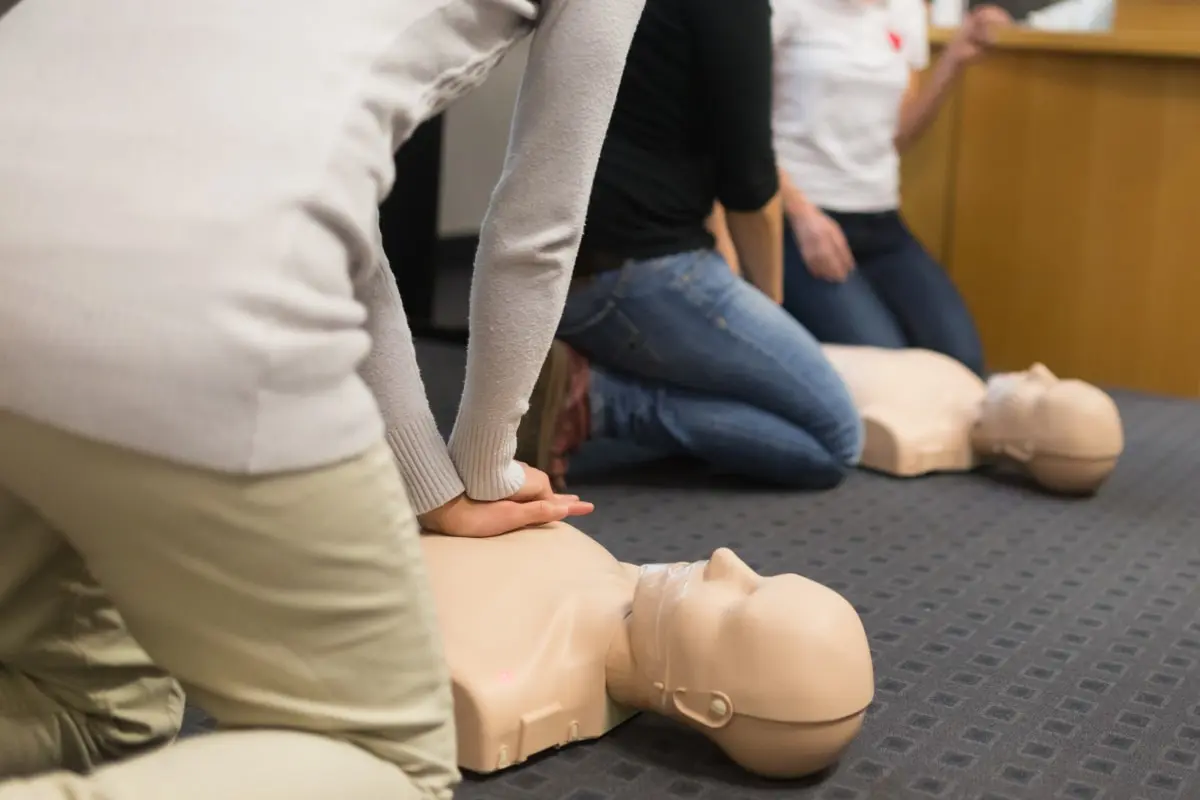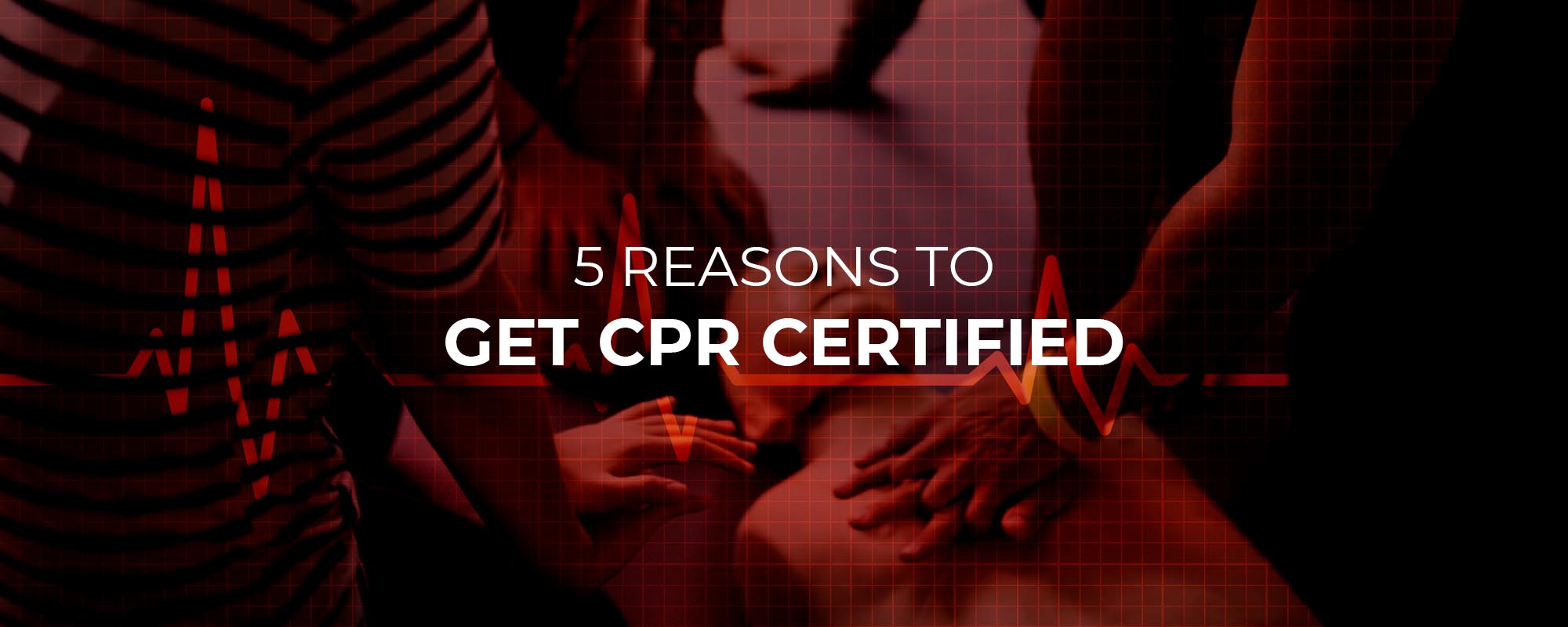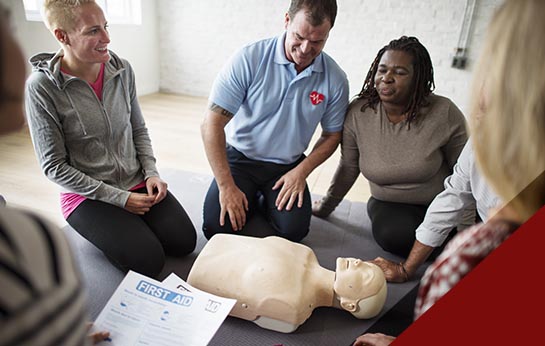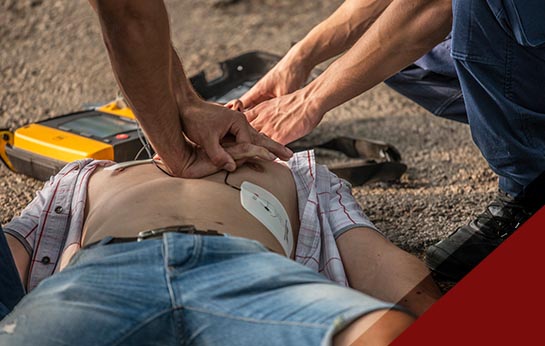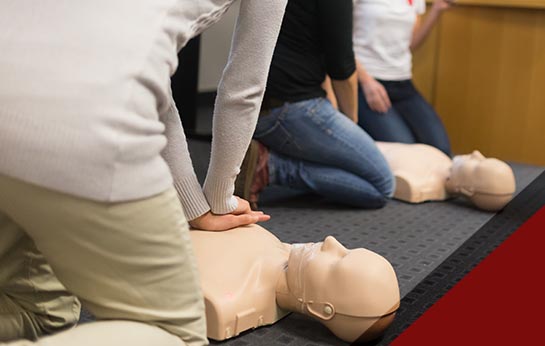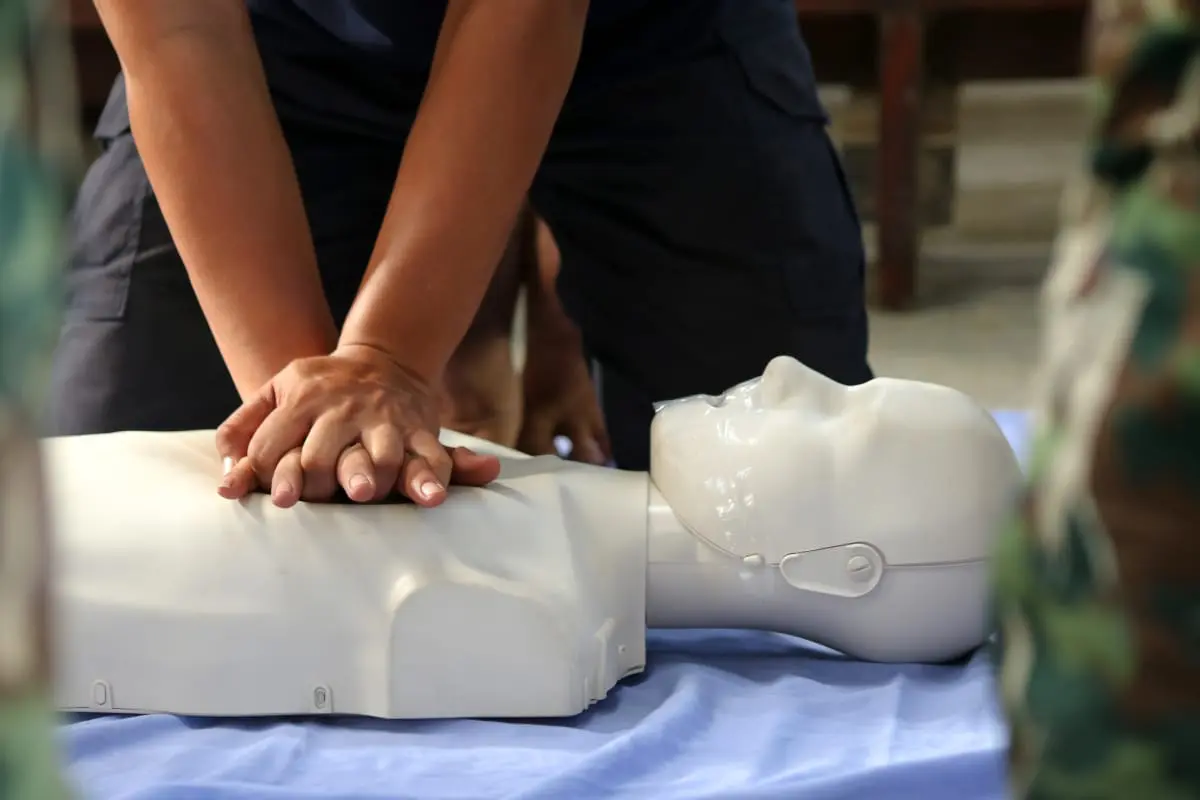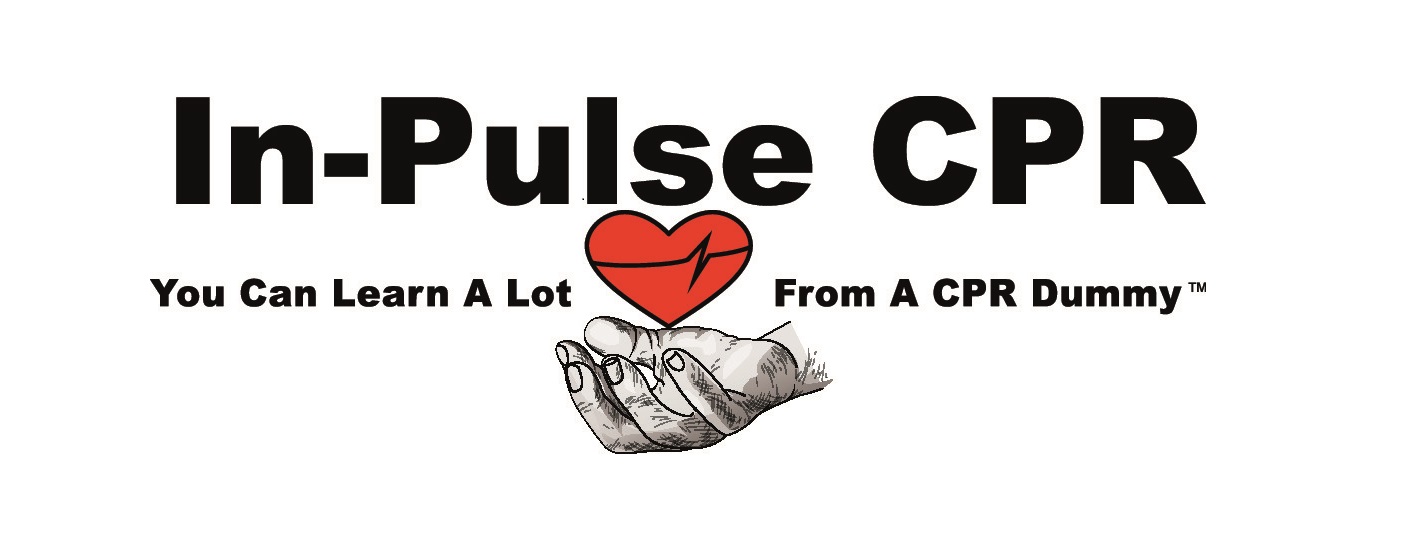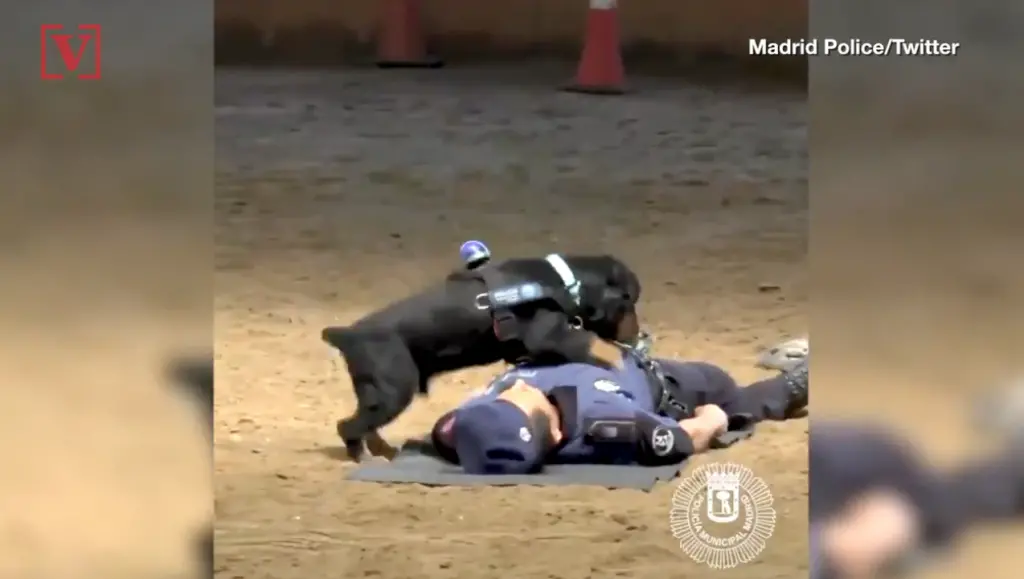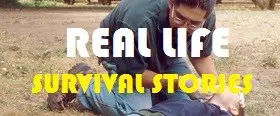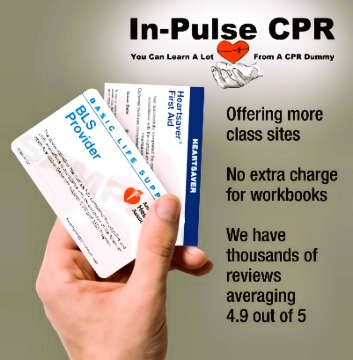Respiratory emergencies in children
Respiratory emergencies in children are not uncommon and when they occur, they are somewhat more difficult to manage than in adults for several reasons. First, the patient is fragile, secondly, the entire oral cavity and upper airway are small and easily prone to obstruction, and third, without having the right tools and equipment, resuscitation can be difficult. Finally, unlike an adult, the child has a limited respiratory reserve and respiratory distress can quickly lead to cardiopulmonary arrest. To know how to manage respiratory emergencies in children, it is important to know some of the common causes and how they present.
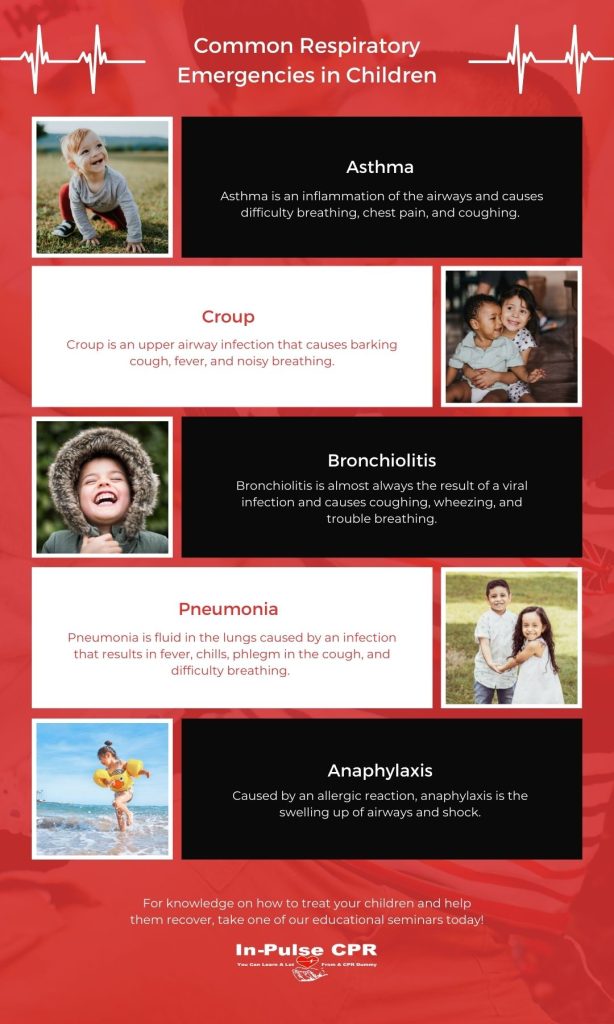

Asthma
Asthma is one of the most common lung disorders that affect adults and children. Each year, children lose close to 14 million school days to asthma. The disorder is characterized by recurrent symptoms that are triggered by many factors that include the following:
- Environment-air pollution, smoking, allergens, poor air quality
- Indoor allergens like roaches, pet dander, perfumes dust mites, mold, feathers
- Having a medical condition like allergic rhinitis, atopic eczema, hay fever
- Use of certain medications like beta-blockers, aspirin
- Viral and bacterial infections of the upper respiratory tract
- Stress
Asthma may occur several times a day or it may occur once a month. In most cases, asthma tends to worsen with exercise or at night.
Presentation
- Wheezing
- Chest tightness
- Shortness of breath
- Dry cough
Asthma can present with recurrent symptoms that include:
Diagnosis
The diagnosis of asthma is based on the presentation, pattern of symptoms, and response to treatment. Lung function studies (spirometry) can be used to confirm the diagnosis. Once the diagnosis is made the condition is graded depending on the frequency and intensity of the symptoms. The treatment of asthma is with prescription medications.
Status asthmaticus
Acute asthmatic attack (status asthmaticus) is a medical emergency that presents with severe shortness of breath, chest tightness, and wheezing. The individual will have little or no air entry into the lung and some may not even be able to speak. They may use their accessory muscles to breathe and bluish discoloration of the nails and skin is not unusual. An acute asthmatic attack may be triggered by an infection, allergen, or inappropriate or insufficient use of the asthma medication. These patients need immediate treatment in the nearest emergency room. The treatment goals include:
- Reversing the airway obstruction immediately with the use of beta-agonists and corticosteroids
- Correcting the hypoxemia by administering oxygen
- Prevent complications like respiratory arrest and pneumothorax.
These patients need to be admitted until the acute attack has subsided. Some may even require admission to the ICU because of the need for mechanical ventilation.
The education of the patient is vital in preventing status asthmaticus. Status asthmaticus can usually be prevented if patients are compliant with their medications, avoid triggers and stress factors.
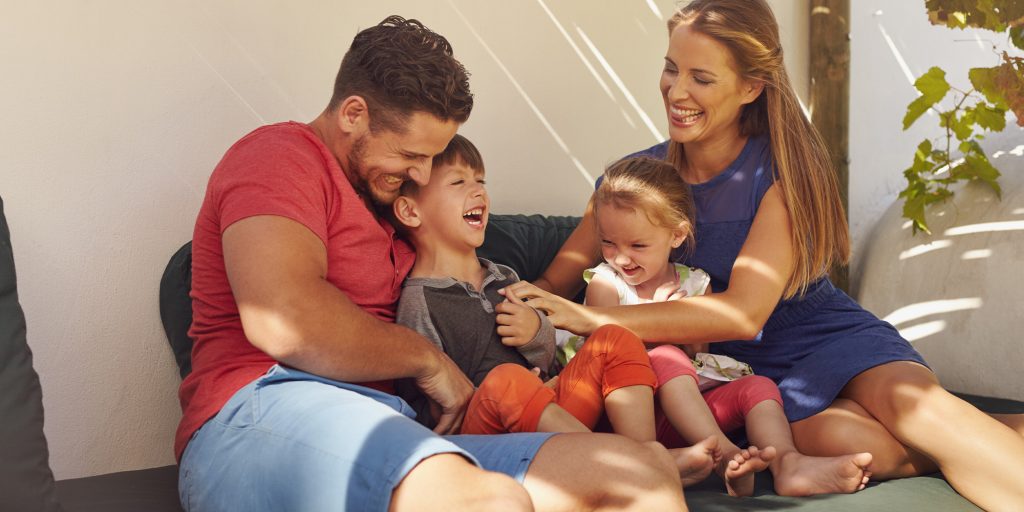
Croup
Croup also referred to as laryngobronchitis is caused by a viral infection (usually parainfluenza viruses) and mostly affects children between 6 months to 3 years of age. The condition appears to be more common in males than females and tends to occur during the fall season. Besides viruses, croup can also be caused by many bacteria including H. influenzae and Strep pneumonia. The infection leads to a swelling of the larynx, trachea, and large bronchi, which then causes airway obstruction. The classic symptoms of croup include:
- Stridor
- Barking cough
- Hoarse voice
- Fever
- A runny nose may also be present
The symptoms usually start at night and last about 24-48 hours.
While many cases of croup are mild, in some children the symptoms can be quite severe and lead to respiratory distress. The diagnosis of croup is made clinically by excluding other causes of airway obstruction. A lateral x-ray may show the classic narrowing of the upper trachea (steeple sign). The Westley score is used to classify the severity of croup and includes five features:
- Cyanosis
- Degree of mental alertness
- Stridor
- Muscle retractions
- Air entry
Most cases of croup are managed conservatively but those with moderate or severe symptoms need epinephrine and steroids. Oxygen is administered if hypoxia is present. Severe cases also need to be hospitalized and monitored. The rare child may even require mechanical ventilation.

Bronchiolitis
Bronchiolitis is a relatively common childhood lung disorder that is associated with wheezing and respiratory distress. In children, it is often mistaken for asthma. Bronchiolitis is caused by the respiratory syncytial virus and affects children less than 2 years of age. The condition is most common during winter. Children at risk for bronchiolitis include those:
- Who have associated congenital heart disease
- Were preterm at birth
- Are immunodeficient
- Have exposure to tobacco smoke
- Have a neurological disorder
Typical symptoms include shortness of breath, wheezing, runny nose, fever, and a cough. While most cases are mild, severe cases can present with grunting, nasal flaring, and an irritable child.
Everyone should take a CPR class. Since there are classes in your home town maybe even this evening, no one has any excuses not to take one. MN PA FL
Diagnosis & Treatment
The diagnosis is usually made from the history and clinical presentation. Most mild cases are treated with supportive treatment. However, severe cases of respiratory distress need hospital admission for oxygen and fluid hydration. Some children may benefit from bronchodilators and nebulized epinephrine. If severe cases are left untreated, death can occur. To prevent spread, parents should be encouraged to wash their hands and avoid smoking.

Pneumonia
Pneumonia, although rare in healthy children, can be very serious. It remains the number one killer of children in many nations. Children who have a weak immune system, are under-nourished, or have a disease like HIV are more prone to pneumonia. It can be caused by viruses and bacteria.
Trigger factors for pneumonia include:
- Air pollution
- Smoking exposure
- Asthma
- Medical conditions like cystic fibrosis
Typical presentation includes:
- Fever
- Wet cough
- General malaise
- Shortness of breath
- Anorexia
- Congestion
- Chest discomfort.
In addition, children can also present with lethargy, irritability, and poor feeding.
Diagnosis & Treatment
The diagnosis of pneumonia is made from the clinical exam, X-rays, and culture. The treatment usually depends on the type and cause of pneumonia. Bacterial pneumonia is treated with antibiotics but viral pneumonia is managed with supportive care. In most cases, children tend to develop severe pneumonia which compromises their breathing; and without treatment, the bacteria can spread into the systemic circulation.
Besides oxygen, IV fluids, and antibiotics, some children may require mechanical ventilation. Bacterial pneumonia can be prevented but millions of children do not get the recommended three doses of the childhood vaccine.
Foreign body aspiration
One very common cause of respiratory distress in children is foreign body aspiration. It is the 6th most common cause of accidental death in this population, with the majority of cases occurring in children aged less than 4. Children tend to put everything in their mouth like coins, buttons, batteries, solid food particles, paper, medications, etc and because the childhood airway is narrow, these objects often get stuck in the upper airway. The symptoms of foreign body aspiration are unfortunately non-specific and may include
- Fever
- Wheezing
- Difficulty breathing
- Chest discomfort
- Inability to speak
- Hypoxia.
The most common location of the foreign body is in the bronchus followed by the trachea and larynx.
Children with complete airway obstruction can present with respiratory failure and cardiac arrest often requiring a surgical airway or rapid intubation. The diagnosis must be suspected in any child with no prior history of any lung disease like asthma and appropriate workup is vital.
Besides x-rays, bronchoscopy may be required since not all foreign bodies are radiopaque. Prompt removal of the foreign body is necessary to prevent pneumonia, atelectasis, or pneumothorax. In children with respiratory distress, immediate bronchoscopic removal is recommended. The longer the foreign body remains in the airway, the higher the risk of complications like aspiration, pneumonia, or pneumothorax.
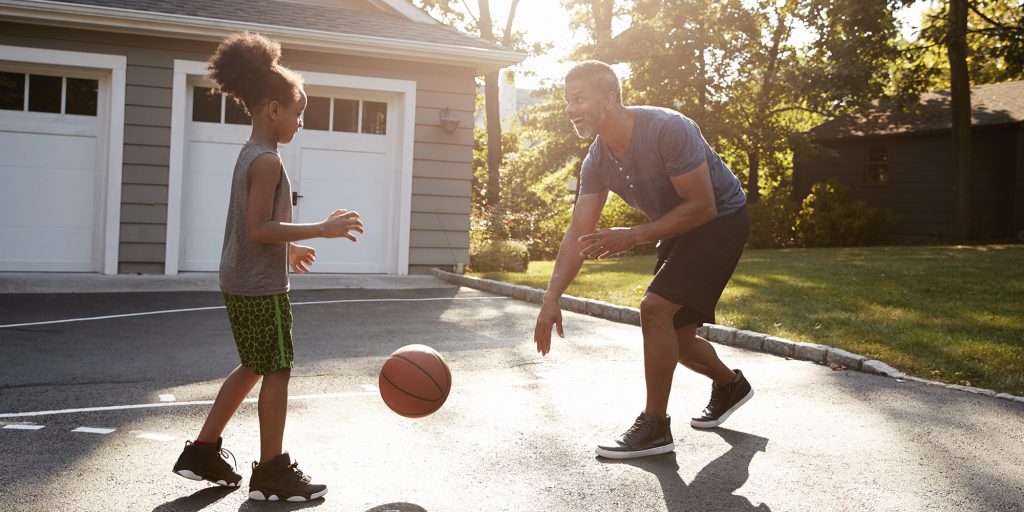
Anaphylaxis
Anaphylaxis is a potentially life-threatening emergency usually due to an allergic reaction. Even though cases of anaphylactic shock are not common, they have been increasing gradually over the past few years, especially in children. An anaphylactic reaction can occur within seconds after exposure to an allergen.
The symptoms may include:
- Shortness of breath
- Wheezing, stridor
- Hypoxia
- Extreme respiratory distress
- Inability speak
- Swelling of the oral and facial area
If not treated immediately, it can quickly lead to cardiorespiratory arrest.
Diagnosis & Treatment
The diagnosis of anaphylaxis is usually clinical and treatment requires immediate administration of EpiPen (IM epinephrine). These individuals should be transported to the nearest emergency room for further treatment including fluids, steroids, and antihistamines. Individuals with allergies should always carry Epipen on them and wear a bracelet indicating their allergies.
Pneumothorax
Pneumothorax is not as common in children as adults, but when it occurs it can quickly compromise respiratory function. The majority of pneumothorax in children are spontaneous but may occur due to trauma or even asthma. Pneumothorax can be life-threatening if it is large (tension pneumothorax). The classic symptoms include:
- Chest pain
- Difficulty breathing
- Shortness of breath
Diagnosis & Treatment
The diagnosis can be made from the presentation, physical exam, and imaging studies. If the patient is in respiratory distress, immediate treatment requires needle insertion in the chest cavity to evacuate the air. Once stabilized, a chest tube can be placed.

Know the signs and symptoms of respiratory distress in children
Several common disorders can lead to respiratory distress in children. The key for the responders is to recognize signs of respiratory distress because if left untreated death may follow quickly. Classic signs of respiratory distress in children include:
- Nasal flaring
- Labored or rapid breathing
- Use of accessory muscles
- Wheezing
- Grunting
- Muscle retractions
- Tripod position
- Lethargy
- Irritability
- Cyanosis
Final point
Pediatric respiratory emergencies can be frightening but if one is alert and decisive, death can be prevented. The key is early detection so that the child can be treated accordingly.
References
- Respiratory Management in Pediatrics . http://www.creighton.edu/fileadmin/user/EMS/docs/Respiratory_Management_in_Pediatrics.pdf
- Respiratory Emergencies in Pediatrics. https://www.slideshare.net/tfalgiani/respiratory-emergencies-in-pediatrics
- Pediatric Respiratory Emergencies https://www.medscape.com/viewarticle/717240
- Can’t-Miss Pediatric Respiratory Emergencies. https://reference.medscape.com/features/slideshow/pediatric-respiratory
- Respiratory Distress in Pediatric Patients. https://www.reliasmedia.com/articles/142390-respiratory-distress-in-pediatric-patients



